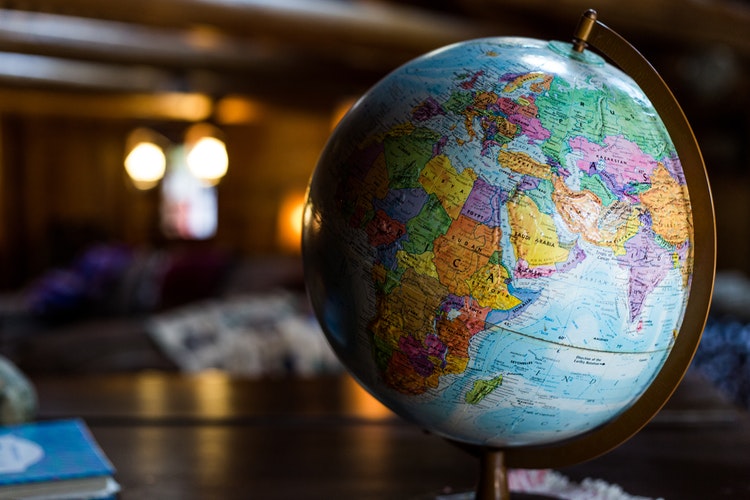
A Brief History of Wine
It's said that the history of wine and mankind walk hand-in-hand, and one of the great joys of learning about wine is tracing our own history back along thousands and thousands of years of enjoying a drink! Yet, where did it all start? How did we get from those humble origins all the way to our current lofty heights of wine appreciation? Well, it's quite a story!
Before we begin, it's a good idea to establish what wine is; after all, there's a reason why things evolved and changed over the years, and wine is no different! Wine is simply fermented grape juice, meaning that grapes from any species of grapevine that have had their sugars converted by yeast, into alcohol and flavours. Yet, looking back we know that vineyards didn't really become established until a few thousand years BC, so where did these grapes come from? So begins our story....
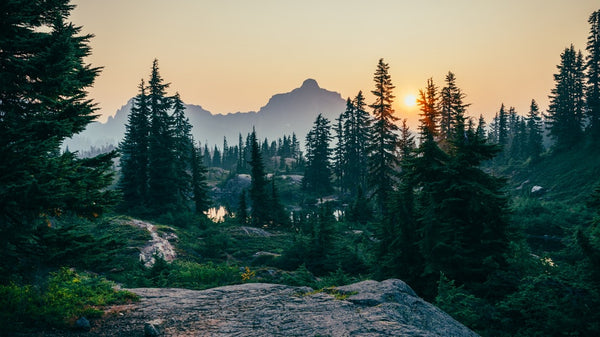
Beginnings – Prehistory
A long time before we had any concept of our history, vines existed. Bear in mind this was back when most of the planet was covered in forests, when an overview of most countries in the world would have resulted in a slightly different shade of green, and when our early ancestors were still figuring out the basics of shelter, fire, pointy sticks and so on. There were no vineyards to speak of and vines, climbers by nature, would slowly climb their way up the trees and only flower once they'd broken through the canopy.
It's impossible to know who drank the first ever wine, but it almost certainly happened by accident. One of our more fortunate ancestors would have likely eaten a few overly ripe bunches of grapes and had a surprisingly good time. The moment this was done again, intentionally, is the very humble origins of our industry!

Shadows of the Past – Early History
Archaelogically, we've only really started to find evidence of wine being made in any sort of quantity over the last 7,000 years or so, mainly in Eastern Europe and the Middle East. You may have noticed that countries like Georgia and Armeria are very much in vogue these days in the world of wine; part of that is an earnest curiosity in discovering the past. Wineries have been discovered here that trace back to 5,000BC, and by analysing the seeds that were left preserved we've discovered that they were growing vines not unlike our own today!
The fascinating part of this bit of history is that there are probably many more sites just like it, waiting to be discovered. The discovery of vines, seeds, clay pots and the resin to seal them suggests an industry that had been evolving for some time already. Who knows what we'll discover next?
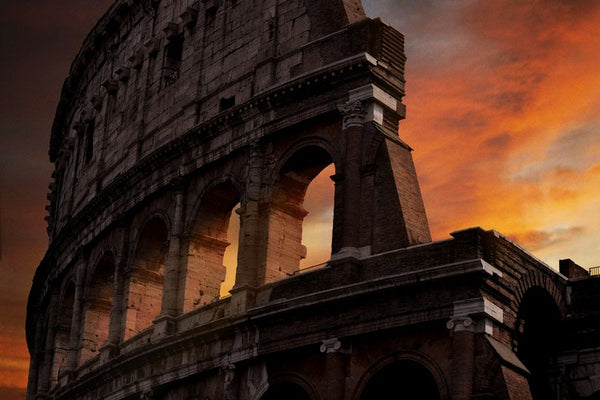
Bacchus and Dionysus – Antiquity
The beginnings of our modern wine industry can be traced back to between 2000 and 3000BC, to the Greek and Roman civilisations. The Greeks in particular are often credited with being some of the first to look at wine as more than a cottage industry, planting vineyards in prime locations, attempting to produce quality wine and importantly, exporting it around the Mediterranean. This is a particularly important element, as many of the ancient grape varieties such as Muscat and Malvasia probably found themselves planted in new countries for the first time, as a result of this trade movement. Dionysus was the Greek God of wine and merriment and there was even an entire month of festivities dedicated to the grape harvest!
If the Greeks started the ball rolling, then the Romans really gave it a good kick down the road. The Romans, as you probably know, conquered most of what we now consider to be the Old World, in terms of wine production. As they marched and built civilisations around Europe, they brought their industries with them, including olive oil and wine. The great vineyards of Spain, France, Germany and Italy owe a lot of their history to the Romans and their love of wine. They were also amongst the first to look at wine as a quality product and wrote down many of their thoughts on the matter. Pliny the Elder is often referenced in wine books, and his works show that there was already an understanding of site selection, vessel types and even the introduction of appellation; Falernian was a much talked-about cru from Campagnia, responsible for long lived, powerful wines 2000 years ago!

The Church and Wine – Medieval Europe
After the collapse of the Roman Empire, much of Europe was in disarray, a period often referred to as the Dark Ages, owing to us being far more concerned with death and destruction than building towards a better civilisation. As a result, little knowledge of what happened with wine during this period of time exists. However, once the dust had settled and the long, important era of Medieval Europe began, wine began to take shape, some of which is still very relevant today, 1000 years later!
Wine in Medieval Europe was strongly defined by the church and in particular, it's thirstiest members; the monks. Simply put, working as a monk in Medieval times left one with a little more time and space than your average labourer, and this time was mostly spent in service to God. However, gardening and crop production was a very important part of a monasteries work and vines were an important crop indeed. Between the various orders of monks, Riesling was planted in Germany, the vineyards of Burgundy were organised and eventually classified, Champagne moved from a still red wine to a sparkling white and so on.
The impact the monks had on our understanding of viticultural can't be overstated. The evolution of wine as a product is largely a process of trial and error, even today, and the monks put in hundreds of years of groundwork, learning the differences in soils, aspects to the sun, grape varieties and so on. The fact that they were able to read and write also meant that this information was, for the first time, properly recorded and so passed on to future generations to improve upon.

A New World – Pre-Modern History
Trying to define the difference between the Old World and the New World is becoming increasingly difficult owing to the sharing of similar wine-making techniques, grape varieties and styles. However, going back 500 years ago, that distinction becomes even more jumbled. South Africa has been producing wine since the 17th century; a good while before Bordeaux was anything other than a marshy swampland, grapes arrived in South America through the Spanish conquests and by the 17th century, the King of Spain even had to try and put orders out to limit production in their colonies, as it was affecting the price of wine on the other side of the world! Wine was becoming a truly international beverage.
An often forgotten element of New World history is that, despite the same highs and lows that any industry can expect, these wines continued to develop for centuries until economic and social forces saw them appear in European markets in the 20th century. Whilst Europe was busy at war and subsequent recovery for much of the 20th century, The New World was slowly but surely becoming the force we know them as today.
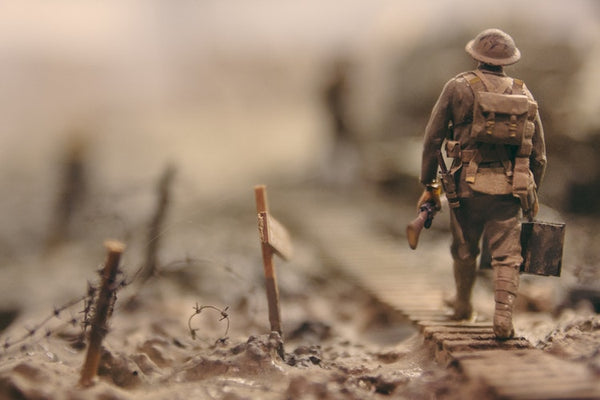
Phylloxera, World Wars and Upheaval – Modern History
The 19th and 20th centuries were periods of great change for the wine industry, particularly in Europe. Post-Industrial Revolution, we'd figured out how to do things on a larger scale and wine production really started to pick up.... only to be repeatedly knocked back by the whims of nature and mankind. Around the 1860s saw Phylloxera annihilate much of Europe's vineyards, to the point where we feared we may never recover! This insect native to North America feeds on the roots of vines and allows for the plant to become infected; there is no cure once this has begun. Swathes of European vineyards were laid low and by the end, the vast majority had to be completely replanted from scratch, the solution being to graft European vine species onto American rootstocks which had developed a natural resistant to the insect over thousands of years of cohabitation. Whilst this was arguably the wine industries biggest ever challenge, it also allowed for regions to completely reset themselves and choose the varieties they wanted to replant with. The plants chosen are largely the same varieties we now associate with classic regions!
By the early 20th century, we were back on track, only to find ourselves in the two greatest wars that mankind has ever inflicted on itself. The fields of France became the battleground for over a decade, churned up and sowed with destruction. Entire generations of young men were whittled down, whilst countries struggled to recover for decades afterwards from the war effort. A dark period for us all, and the wine industry didn't escape this tumultuous period unscathed either.

A New Era – The Last 50 Years
By the 1960s, the world had started to emerge from the shadow of World War II. Industries were revitalised and we began our most exciting period of history yet. From a wine perspective, there were huge changes afoot. Ready access to modern wine-making equipment such as stainless steel tanks, meant that clean, fresh wines started to become the norm, as well as wines that didn't require customers to lay them down for several years before drinking them. The old strangle-hold of classic regions like Bordeaux, Burgundy and Champagne started to loosen as they were increasingly challenged by regions from across the world; even looking at the UK wine market from the 1980s to today, you can see an unbelievable difference in the selection available!
Supermarkets started to stock wine and before you knew it, it was becoming a house-hold beverage across Europe, not just in wine producing regions. Wines from Australia and Argentina started to creep their way into the world, the Judgement of Paris put California firmly on the map and New Zealand planted their first ever Sauvignon Blanc vines in the 1970s.... we all know how well that turned out! Critics became relevant for the first time and Robert Parker, for better or worse, brought the wine industry into the mainstream with his 100pt system of scoring. Wine education started to flourish and the general quality level of wine rocketed upwards. If you started drinking wine in the 1980s; we're all very jealous of you!
Wine has never been in a more exicting, interesting place and today, we're absolutely spoilt for choice when it comes to the selection available and the quality levels across the board. Fashions come and go, and the current trend is for refreshing wines, lighter in alcohol and fresher in fruit profile. From South America to France, from Australia to Spain, there's so much excellent wine out there today, it's hard to know where to start at times!

The Future – What Next?
The next 50 years are going to be a pivotal one for wine. With climate change already making an impact on some of the worlds most classic regions, expected a change in some of the most venerable estates, with grape varieties more suited to the warmer temperatures being introduced. Can you imagine a Bordeaux without Merlot? Or Burgundy without Pinot Noir? It's hard to imagine, but it seems increasingly likely.
Change isn't necessarily a bad thing, though, and one of the beauties of wine is its diversity. We believe strongly in enotourism here at Lazenne, and the future is bright in that regard. Expect to see more and more people seeking out wine from the lesser known corners of the world, visiting and bringing it back with them! We also expect to see a dramatic rise in sustainable viticulture, which has been a trend that's gained momentum over the last 10 years. Organic and Biodynamic estates are more popular than ever, and long may that continue!
Last but not least, don't forget that we're all a part of this incredible story. The wines we drink, the stories we tell and the memories we make together, that's what it's all about. Who knows what people will be writing about in a thousand years time when they consider the history of wine, but we know that we'll be a part of it! Cheers to that.
For more on our specially designed wine luggage and more detailed information on how to travel with alcohol, check out the links below:
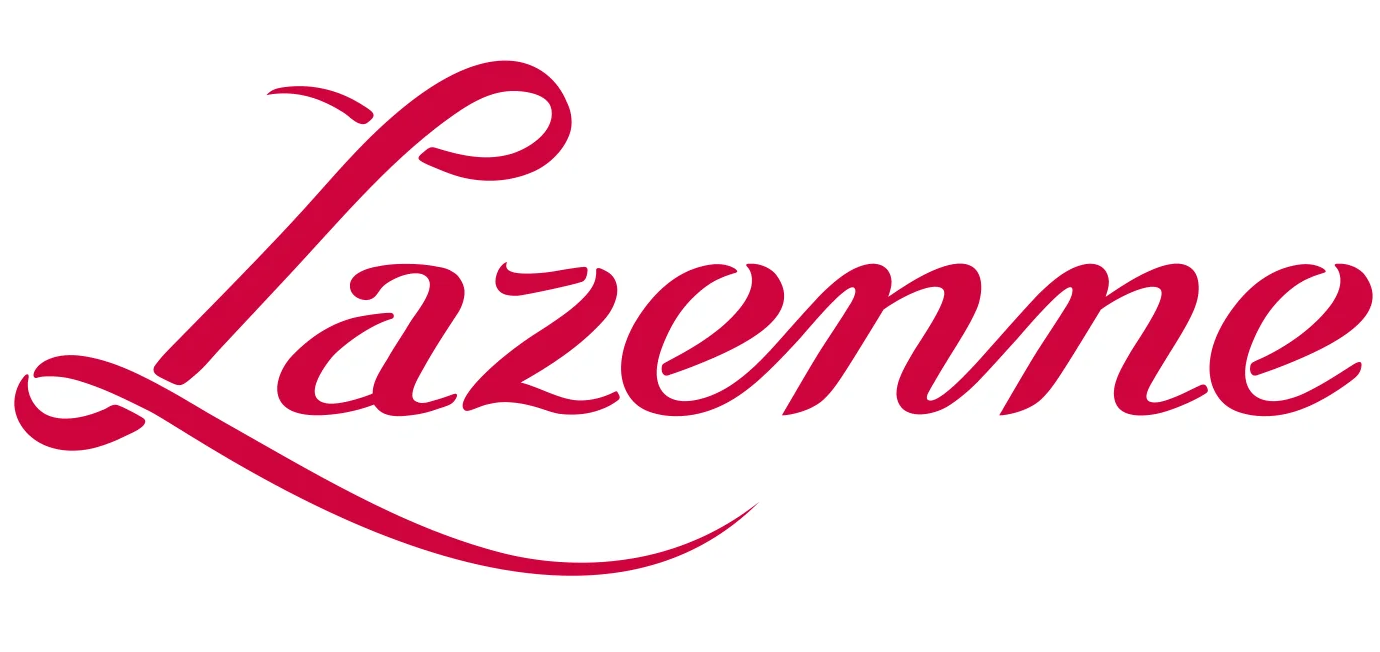









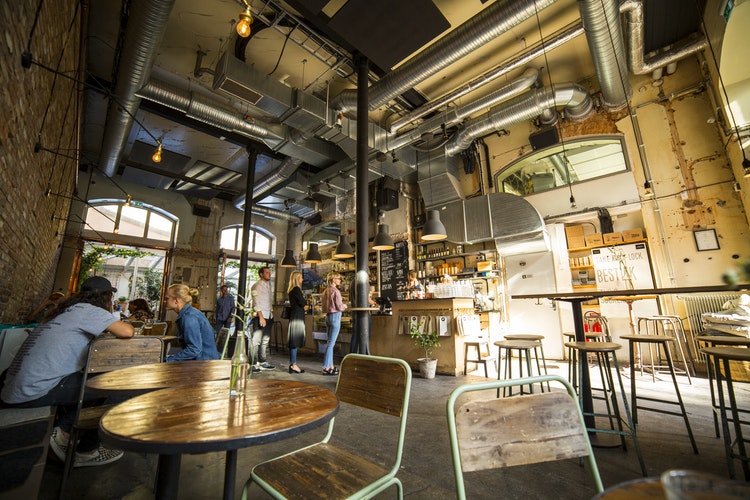
Leave a comment
This site is protected by hCaptcha and the hCaptcha Privacy Policy and Terms of Service apply.